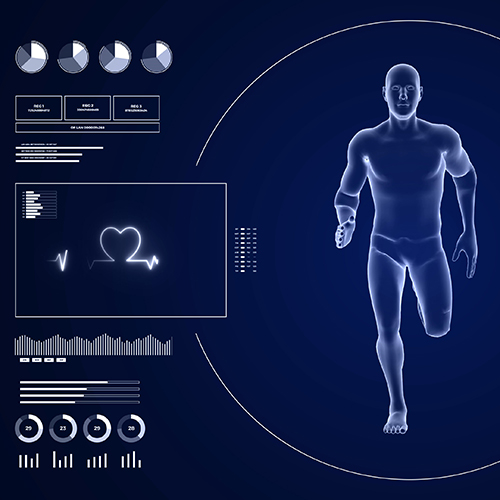What does regulation look like now?
Since the National Disability Insurance Scheme (NDIS) was established in 2013, its workforce has been made up of both registered and unregistered providers.
The NDIS Review released its Final Report on 7 December 2023, with a recommendation to create a regulation scheme for NDIS service providers based on the level of risk perceived in delivering disability services and supports, with six associated actions to support the proposed scheme.
According to the Final Report, there were 16,000 registered providers and an estimated 154,000+ unregistered providers operating in the NDIS market during the 2023 financial year. There is currently little to no visibility of unregistered providers so the number operating is likely to be even higher.
At present, providers have regulatory requirements based on how a NDIS plan is financially managed. This can lead to a participant using unregistered providers for high-risk supports with little regulatory oversight, and therefore, few measures for the prevention of harm to participants.

What do we know about the proposed registration scheme?
The NDIS Review Panel proposes what they’ve called a ‘risk-proportionate model for the visibility and regulation of all providers and workers’ under Recommendation 17. This means some providers may be required to undertake additional measures for visibility and regulation based on the level of risk perceived in delivering a particular disability service and support.
The Panel believes this will enable greater visibility and scrutiny of providers and will drive improvements in the quality and safety of services and supports accessed by NDIS participants. As the Panel themselves explained:
“We are proposing greater use of preventative measures applied to all providers and participants to make the system work better for everyone and prevent harm to those most at risk. We need to strike a better balance between preventing harm, supporting choice and control, encouraging innovation and enabling the market to thrive.”
What does the proposed registration scheme mean for participants?
There will be four levels of registration under the proposed scheme, with a key difference between the levels being how Practice Standards are applied to the provider. NDIS Practice Standards set out the requirements for the standard of service that a provider must provide to become, and remain, a registered provider.
The four levels of registration are:
- Advanced registration risk for all high-risk supports – this will involve more intensive regulatory requirements and oversight. For example, this will be for providers of potentially high-risk supports like daily living supports in a formal closed setting like a group home, The reason this is the highest risk category is because it covers the provision of intimate 1:1 support e.g., overnight or daytime support to a person with disability to shower and toilet.
- General registration for all medium-risk supports – this will impact providers delivering supports perceived to be medium-risk by the Panel. For example, supports that require additional training like administering injections. It will also apply to supports involving significant 1:1 contact with people with disability.
- Basic registration for all lower-risk supports – this will involve lighter-touch registration requirements, while still allowing for oversight against Practice Standards, when required. This will include sole traders and smaller organisations, who provide supports such as social and community participation. It will also include supports involving limited 1:1 contact with people with disability.
- Enrolment of all providers of lowest-risk supports, this will provide full visibility of providers in the market by applying the lightest-touch requirements through a simple online process. This will include supports where general protections are available under Australian Consumer Law, e.g. services that sell consumables, equipment, technology, and home and vehicle modification.







